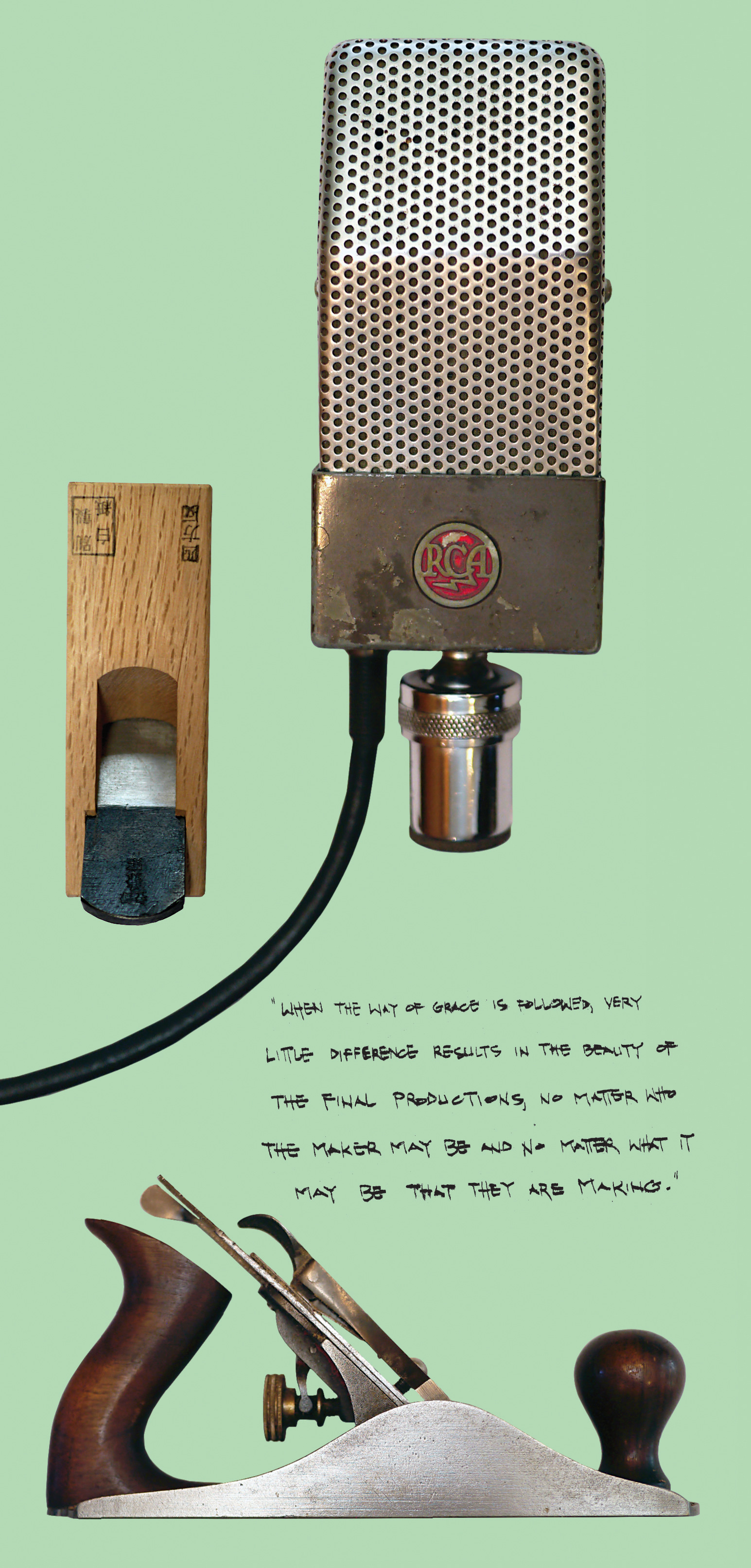What if we wrote this review in a 1940s radio announcer mode? Where every sentence is obnoxiously alliterative... “The minuscule monophonic Moog Music’s Mavis makes many massive melodies! An ‘A’-mazing manual maximizes the modulation modes! Way-out wave-folding waxes the competition!” No? (dejected)... alright.
Folks, I imagine you can stop hunting if you are Eurorack- curious and budget-constrained; this is the one you want. Sold in a kit that is solder-free and assembles in fifteen minutes, the new Mavis synthesizer voice from Moog Music is a first from the good people in Asheville, NC. It’s a budget and Eurorack friendly 44 HP monophonic all analog synth that includes a 24-point patchbay, with patch points for VCO, VCA, LFO, S+H (Sample + Hold), Pulse Width Modulation, and incorporates the classic analog -24 dB Moog low pass ladder filter. The twist here is the inclusion of a new circuit to the Moog family – a proper Wavefolder: patchable, mixable, and ready for your masochistic input. In addition, the Wavefolder adds a somewhat unique timbre to the classic Moog architecture. Wave- folding (in the synth world) is ultimately a form of distortion. Including this circuit and patch point in the ultra-affordable Mavis opens another door to a broad range of sound-shaping possibilities. Having owned another Moog Music semi-modular (the Mother-32), I kinda favor the Mavis’ voicing and interface. I especially like that I could quickly install it alongside my existing Eurorack gear. My first install choice was in an Intellijel 4U 62HP Palette Eurorack case combined with a few simple mixing modules and a gate sequencer. This build represented a fully portable processing and sound design mini-monster (FWIW, I think Mavis would match up quite nicely with any of the current Moog Music semi-modular line, naturally). Paired with a dedicated run to my patchbay and some external modulation sources (such as Erica Synths’ Black Joystick 2), I’ve got a desktop manipulation station veering into some serious textural space.
Example A: I had fun processing a vocal send directly through the Wavefolder. Using a Voco-Loco foot-controlled effects switcher from Radial Engineering, I patched a vocal bus into the Fold input for real-time pitched percussion generation (patched with fast attack and release times via envelope generator). Even though there is no voltage control dedicated to modulating the Wavefolder, you can modulate the Wavefolder input signal with a bit of clever patching – simply blend the LFO and VCO outputs using the built-in patch mixer, then patch that summed output into the Fold input. Moog includes several short patch cables, but you will need more.
While we’re here, let’s talk about the form factor and packaging, which (along with enclosed goodies) is best described as “whimsical,” and I love it. Several helpful patch overlays are included, and Moog’s current online content library is excellent (check out the “Moog Demo Library” on YouTube).
The quality of the latter materials can’t be emphasized enough. Moog’s imaginative and engaging user content and manuals are clutch in unlocking the potential of this tiny instrument. Here I was, a self-assured synth-lord know-it-all, and the online materials for Mavis sparked an entirely new understanding of the possibilities in this form factor.
Example B: If nothing is patched into either of the included mixer patch inputs, the One output sends - 0-5 volts, and the Attenuator sends + 0-5 volts, so those can serve to push the depth of modulation sources beyond what is available on the panel, which is helpful for, say, re-purposing the VCO as a second LFO.
Mavis is a worthy and worthwhile introduction for first-time modular users or seasoned sound manipulators. The balance of ease of use with potential for depth is about as good as it gets. Highly recommended. How about “Mavis: a microcosm of Massive Mayhem and mountains of Modular Madness!”




_disp_horizontal_bw.jpg)